
MENUMENU
TALK TO AN EXPERT
Special Hours: 7AM – 6PM PST
TALK TO AN EXPERT
Special Hours: 7AM – 6PM PST
An RV battery disconnect switch is a critical safety component to any RV. It is also a convenient tool to use when storing your RV or making any sort of electrical upgrade.
Below we discuss what this switch does, how it works, and why it’s a vital part of any battery setup. Let’s get started.
An RV battery disconnect switch shuts off the power going from your batteries to your RV. Essentially, it offers a simple and convenient way to disconnect the primary circuit from your power system.
By doing this, you’ll leave your battery in the same state of charge that it was in before you shut off the power. This protects your deep cycle batteries from experiencing a constant drain from low-voltage appliances, and ultimately, helps to extend your battery life.
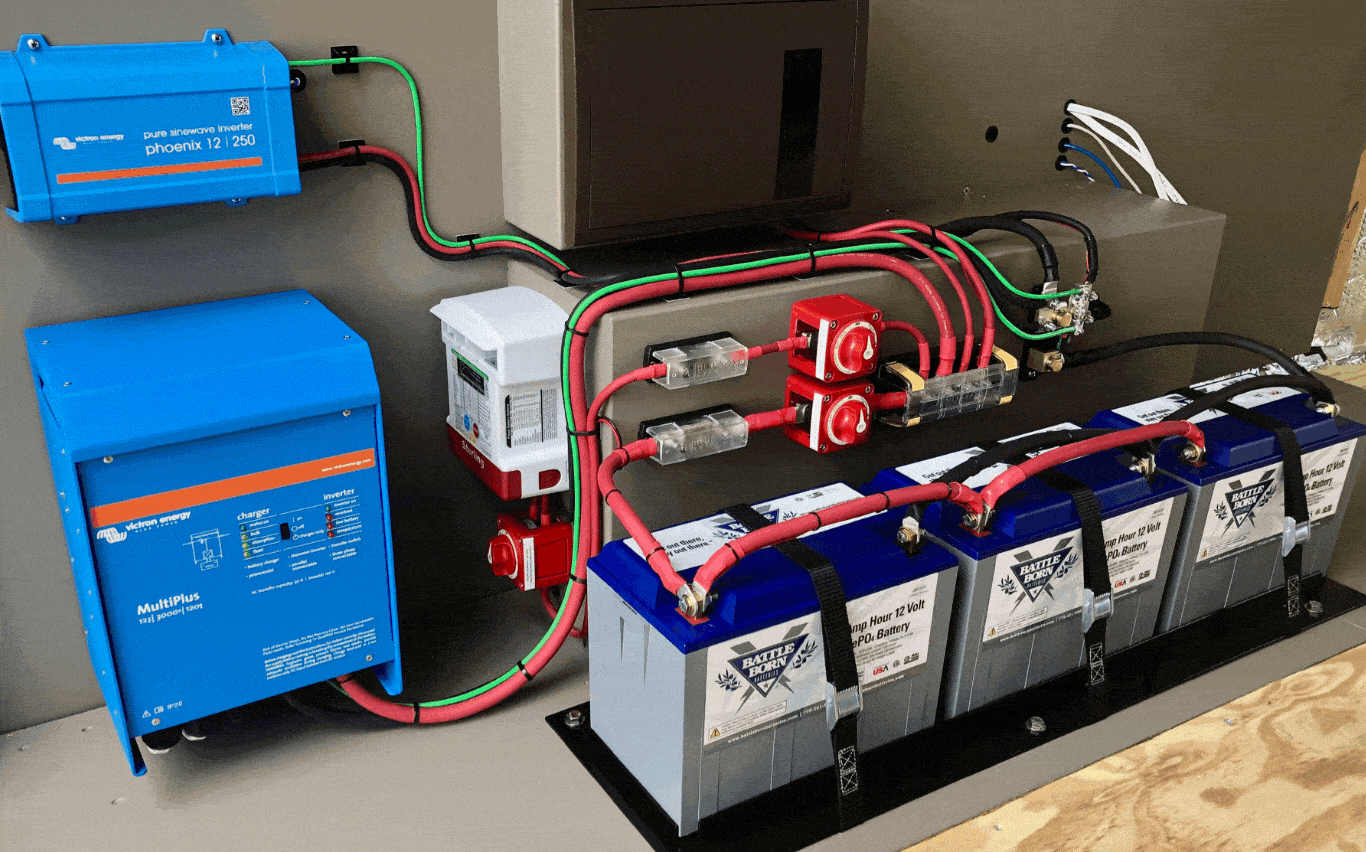
An RV battery disconnect switch is so important because it helps to protect both your batteries and your safety. You can easily shut off the power going to your RV appliances anytime you need to work on your RV, ensuring you won’t run into live wires.
It also provides you with a safe option when storing your RV. After all, appliances such as your refrigerator, LP detector, and radio will constantly draw a small amount of power. Over time, this can add up and completely drain your battery.
It’s not good to store any battery without a charge and not fun to come back to dead batteries. Remember that a “dead” Battle Born Battery is not actually dead, just in a state of electronic sleep and may need to be “woken up”. Read more about this called Low Voltage Disconnect.
A disconnect switch also makes installing and removing the batteries much safer. Since batteries themselves cannot be shut off, it’s important to make the electrical connections to the batteries without any load on them. Disconnecting the RV before adding or removing batteries reduces the risk of a short and sparks when working with the batteries.
If you’ve ever installed RV batteries, you know that the main cabin receives its power from a negative cable that runs from your deep cycle batteries. Many people actually do the work of disconnecting this negative cable each time they need to work on their RV or prepare it for storage.

A better option is to simply install an RV battery disconnect switch. Rather than your negative cable running directly to your RV, the disconnect switch interrupts this connection. Then, another shorter negative cable runs from your RV disconnect switch to the rest of the electrical system.
With this in place, you can easily shut off the flow of amps coming from your batteries.
A battery disconnect switch can be installed on the negative or positive leads of a battery and it will effectively disconnect the whole circuit. However, installing the switch on the negative lead adds additional safety. When adding or removing batteries it’s possible that a tool could short between the positive battery lead and the frame of the RV even if the positive is disconnected.
Because of this disconnecting, the negative lead breaks any ground path potential and makes removal safer. In the case that a disconnect switch is on the positive always disconnect the negative lead first. This minimizes the chance of your tool short-circuiting your battery bank.
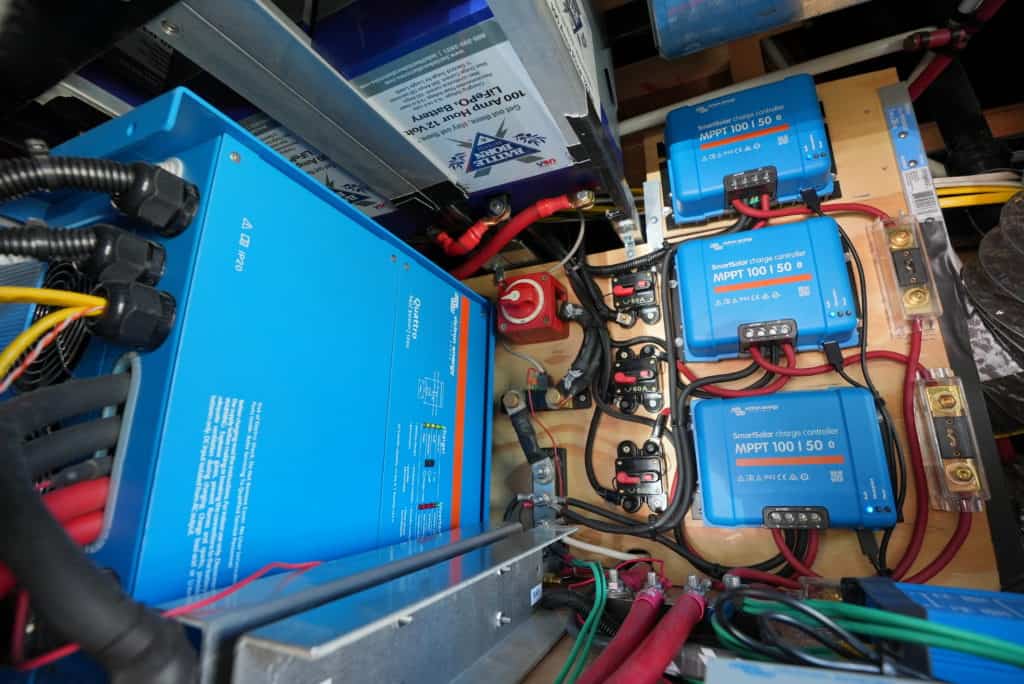
RV battery disconnect switches are usually located near your batteries or in a bay next to them. If you’re installing it yourself, it’s important to place the switch somewhere you can easily access. Sometimes, you can even find it in the main part of the RV.
Regardless of where it is, it’s essential that nothing else connects to your RV’s cable before the switch. This ensures that your RV disconnect switch will shut off all the power in your RV when engaged.
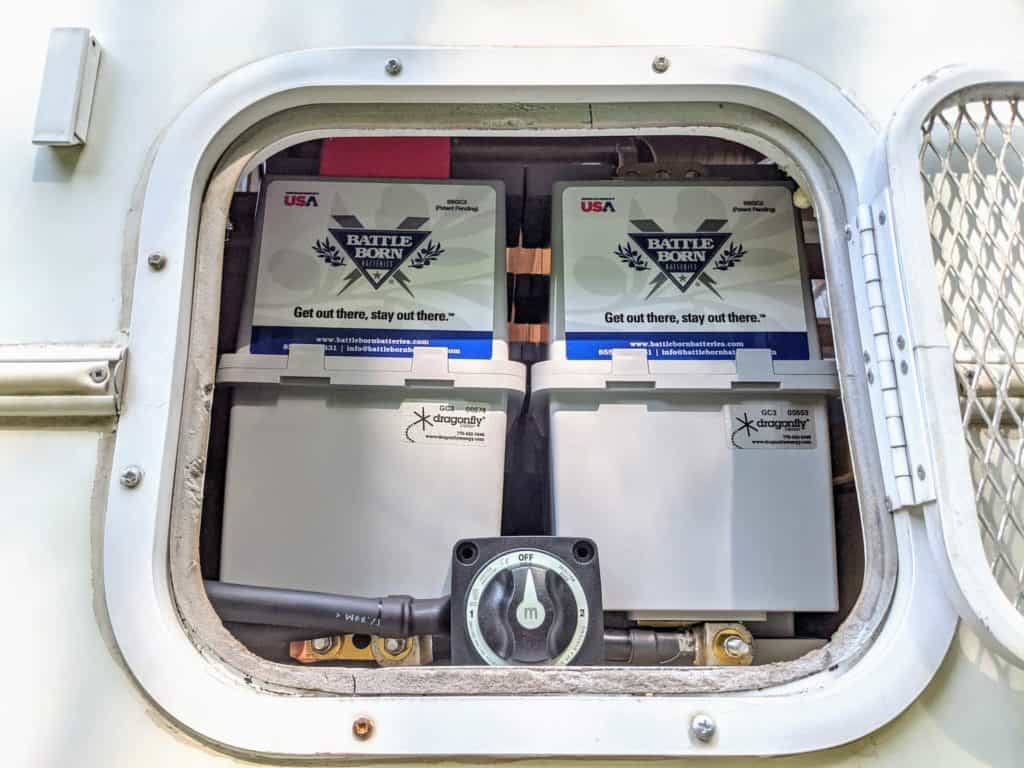
There are a few uses for an RV battery disconnect switch. First and foremost, it lets you shut off the power coming from the battery bank when you’re installing your batteries. It also comes in handy when performing any maintenance (or renovations!) on your batteries or electrical system.
After you turn that switch, you’ll have peace of mind knowing your rig isn’t receiving any electrical current as you drill through walls, replace light fixtures, and the like.
When preparing your rig for storage, you’ll also want to use a disconnect switch. As mentioned before, the switch leaves your batteries in the same charge state as before you shut off the power. You can then rest assured that your batteries won’t be overcharged or drained dead as your rig sits for months on end.
Since Battle Born Batteries do not require a battery tender to be stored, using a disconnect is a great tool for winterizing your batteries.
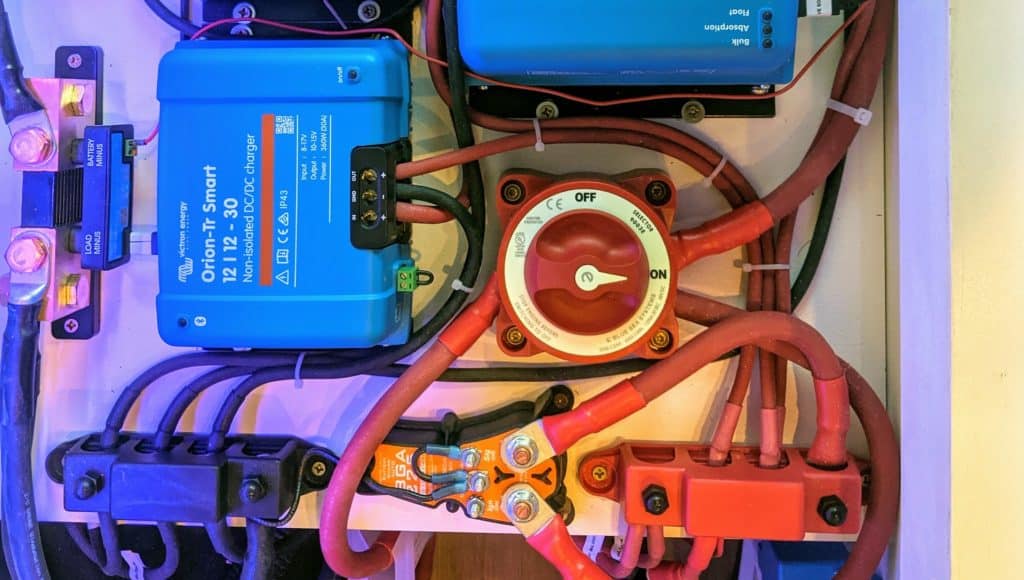
An RV battery disconnect switch provides RVers with an effortless way to turn off the power between their batteries and the main part of the RV. This comes in handy in several circumstances, including battery installation, RV maintenance, RV storage, and even checking the voltage of your batteries.
This makes it a vital part of your battery setup, as it protects your safety, the health of your batteries, and it allows you to have control over the power your batteries emit.
We know that building or upgrading an electrical system can be overwhelming, so we’re here to help. Our Reno, Nevada-based sales and customer service team is standing by at (855) 292-2831 to take your questions!
Also, join us on Facebook, Instagram, and YouTube to learn more about how lithium battery systems can power your lifestyle, see how others have built their systems, and gain the confidence to get out there and stay out there.
Shop Best Sellers
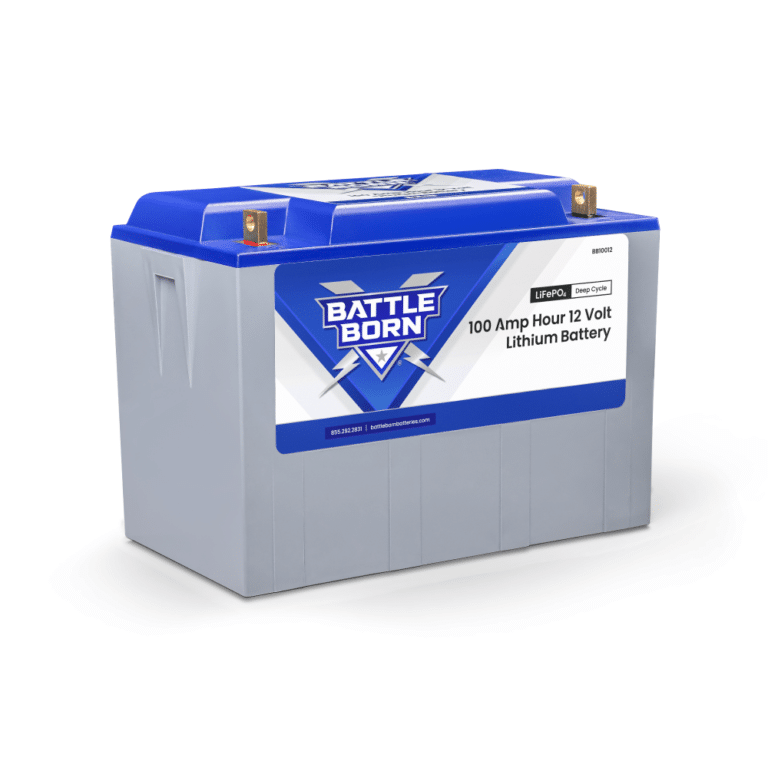
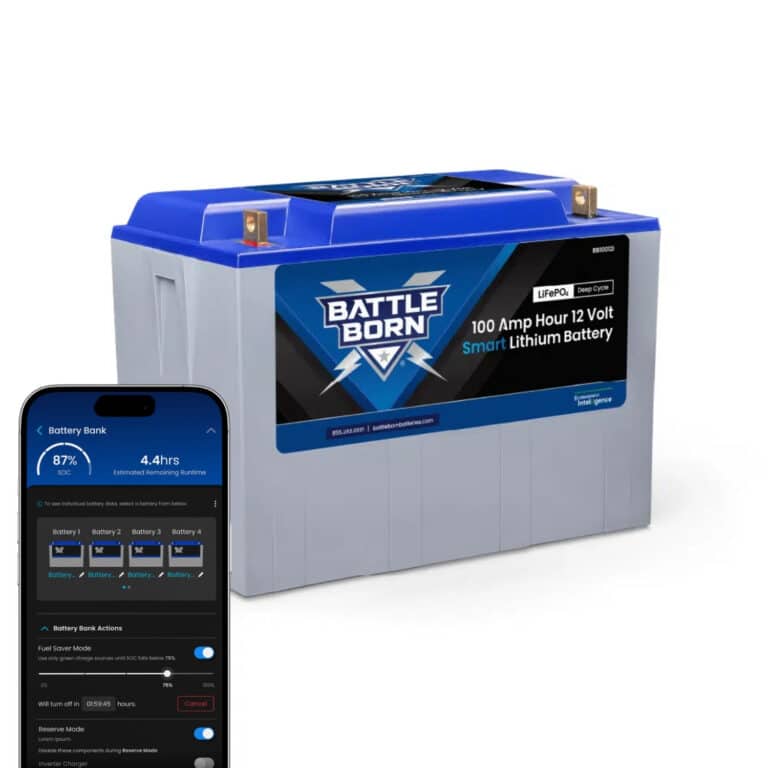
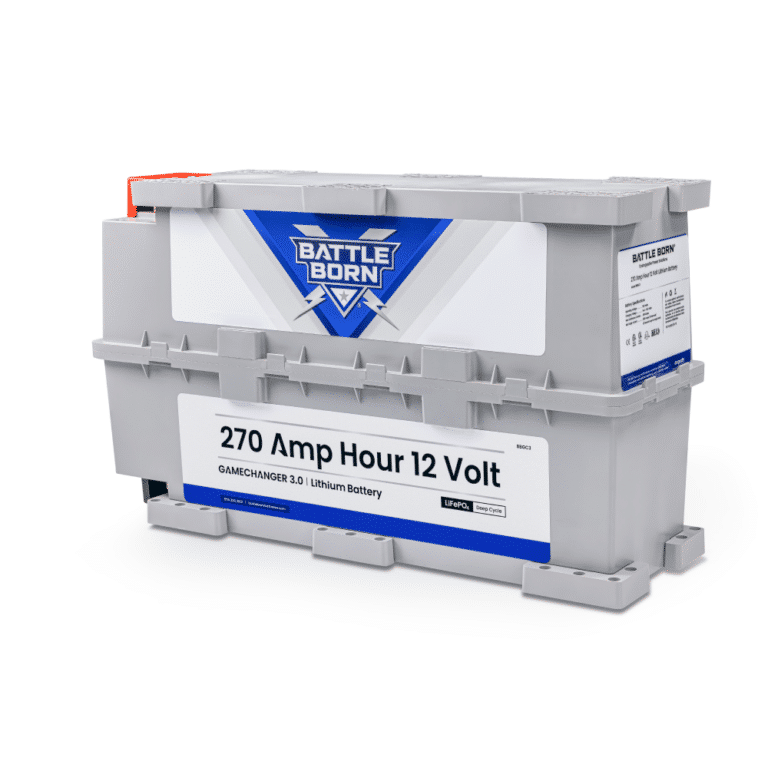
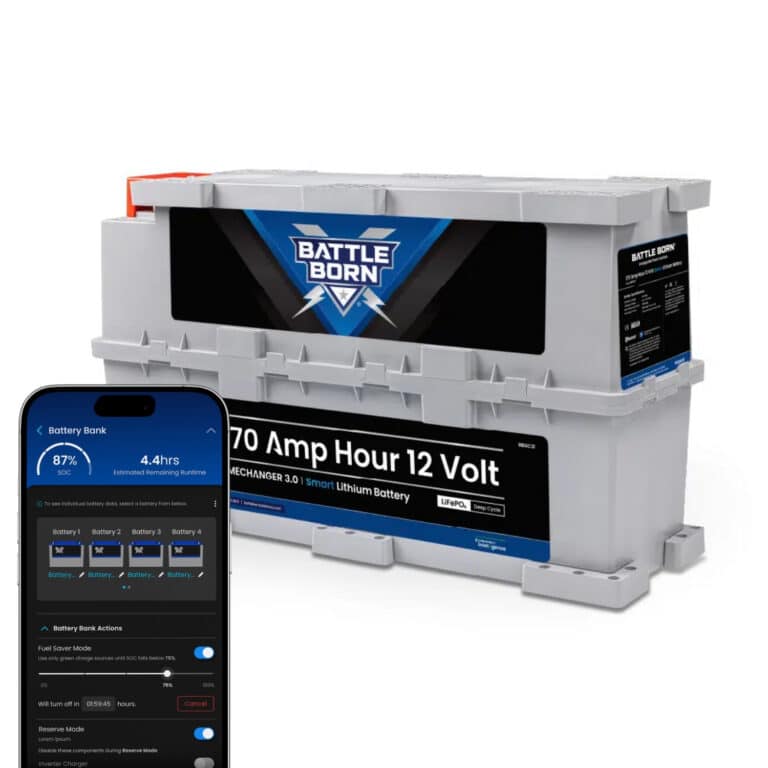
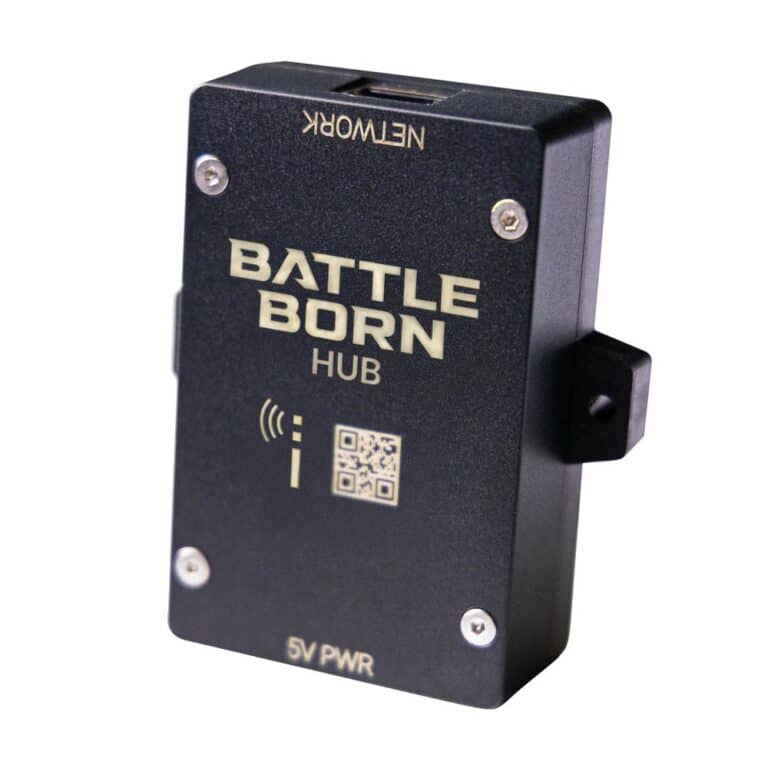
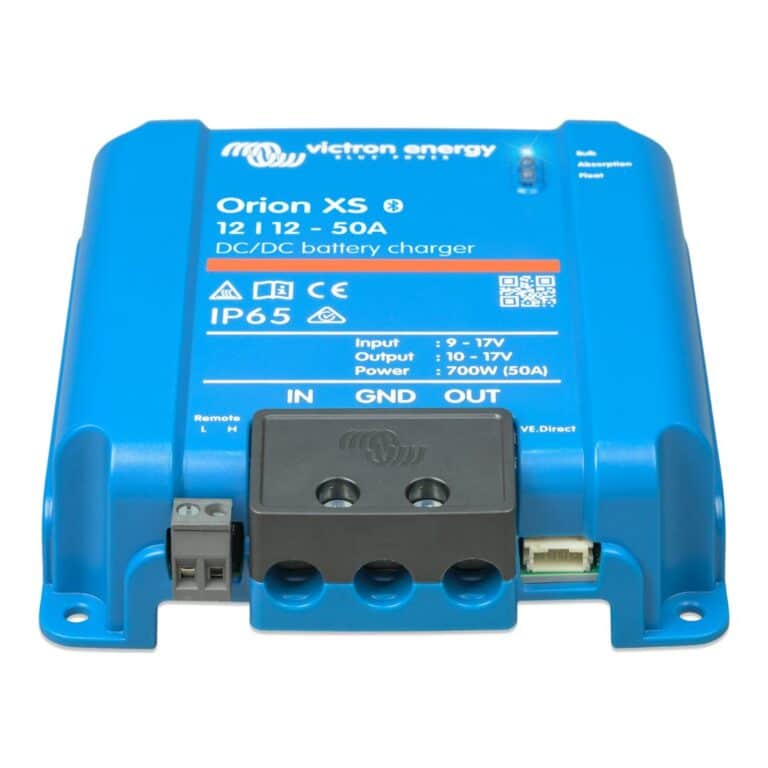
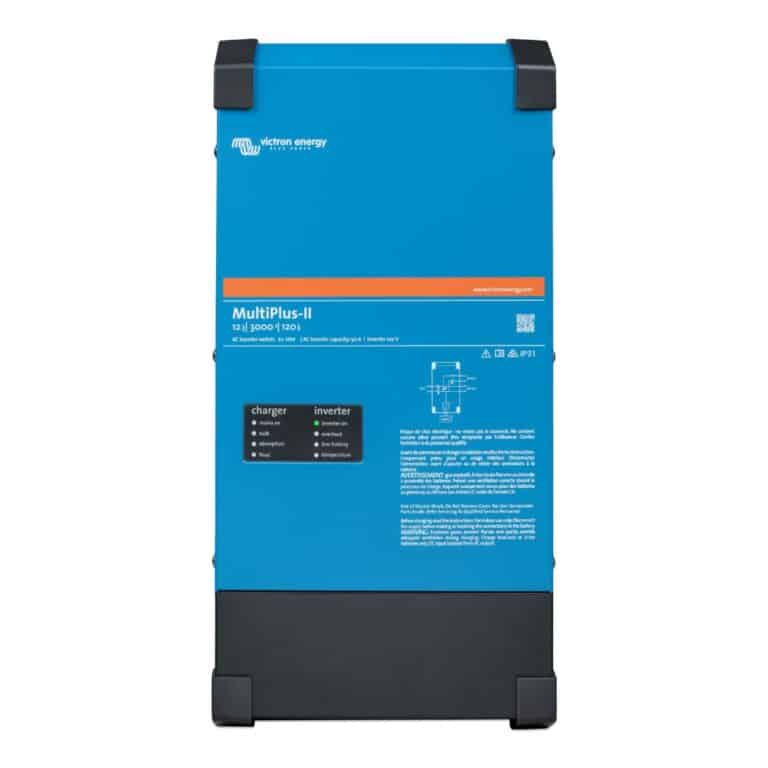

Ask a technical specialist now at 855.292.2831
Stay in the Know